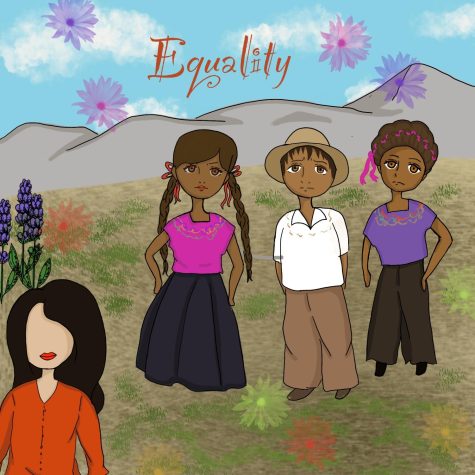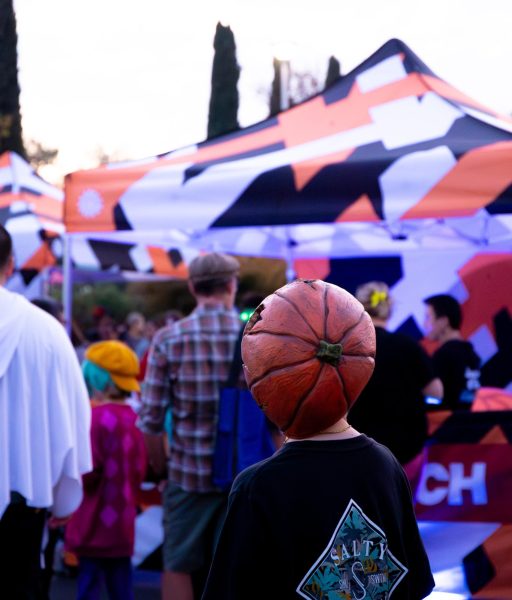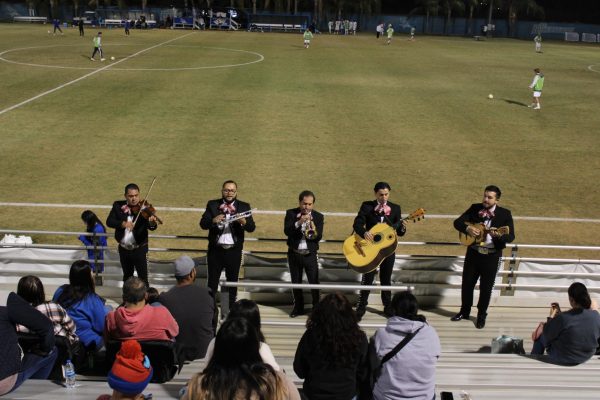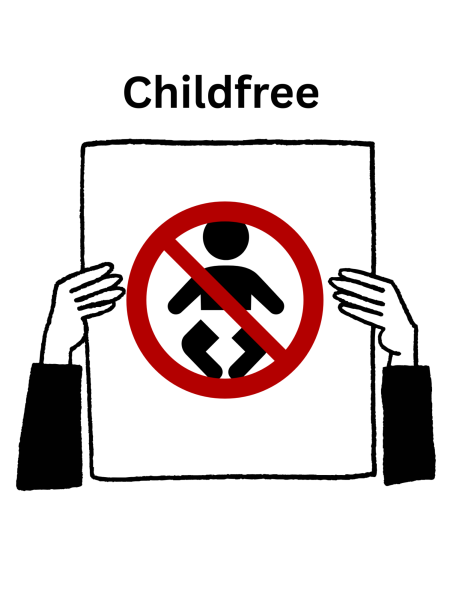Colorism in the Latine community
November 9, 2022

“Tan feos”, says Nury Martinez, former president of the Los Angeles City Council, to describe the Oaxacan community that resides in Los Angeles. A few weeks ago, a tape recording of LA city council members was leaked to the world. The recording included audio of several racist remarks made by the members of the council targeting both Indigenous and Black people in Los Angeles.
Despite being Mexican herself, Martinez casually made racist comments about a community of Indigenous people from Mexico. According to the LA Times, she referred to Oaxacans as “short, dark people” and questioned what village they were from.
Oaxacans are Indigenous people from the Mexican state of Oaxaca and a central part of the United States population, especially in Los Angeles. However, people fail to recognize their importance to the Mexican community. Instead of focusing on their wonderful qualities and determination, people tend to judge them on their appearance and skin color. Unfortunately, much of this discrimination and bigotry comes from other Latinx people.
Colorism is an extreme and widespread issue in the Latinx community. Similar to racism in the United States, people in the Latinx community with darker skin tones are treated worse than lighter-skinned people. According to a study conducted by Pew Research, “Nearly half (48%) of Hispanic adults say that they have often or sometimes heard a Hispanic friend or family member make comments or jokes about other Hispanics that might be considered racist or racially insensitive.”
Seemingly small comments like “Don’t be out in the sun too much. You wouldn’t want to get too dark” or calling tan-skinned Mexicans “Indios” (meaning Indian) have a larger effect on people than others might realize. It is very common in the Mexican community to view tan-skinned Mexicans as inferior to those who are of a lighter complexion. Mothers and fathers warn their kids not to go out in the sun too much, associating dark skin with something negative.
These microaggressions continue to perpetuate the colorist mindset that being darker-skinned is bad and undesirable. As some may know, nicknames are too often given to people within the Latinx community that describe a certain aspect of them. While it may be endearing to some, the roots of some of these nicknames can be offensive and discriminating.
“Morenita” is one example. Dr. Nayeli Chavez-Duenas, a professor from the Chicago School of Professional Psychology, states, “It’s associated with all the negative stereotypes and prejudices that came from the colonizers who when they saw indigenous people, they treated them as less than human.”
Brown and black skin is not something to be ashamed of. There are Indigenous and Black people in the Latinx community, and their identities should not be overlooked or erased. Latinx people include all skin tones and shades.
Even though colorism is engrained into the Latinx community, it is up to us to unlearn these biases so that we don’t pass them on to future generations. Call out your family members and friends if they continue to make colorist remarks. It’s important to stay united as a community and to respect one another.






